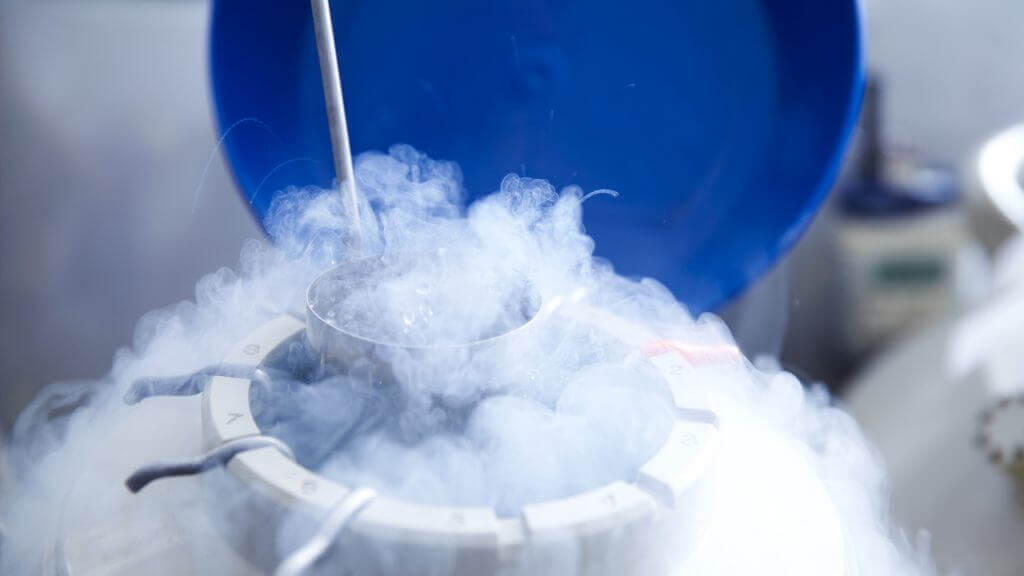
Discover the transformative potential of cryopreservation and egg freezing

Cryopreservation is the process of freezing tissue or cells for future preservation. In the context of infertility programs, cryopreservation is commonly used to freeze and store sperm, eggs, or excess embryos from in vitro fertilization cycles. It is particularly beneficial for individuals about to undergo chemotherapy, as it allows them to preserve their reproductive potential.
During puberty, typically around the age of 13 or 14, boys’ testicles begin producing sperm, a process that continues throughout their lives. However, chemotherapy targets rapidly dividing cells in the body, making sperm cells susceptible to damage. If the spermatogonial stem cells, which are responsible for generating new sperm, are severely affected, permanent infertility may occur. To mitigate this risk, it is highly recommended to preserve sperm before undergoing chemotherapy or radiotherapy.
Similarly, cancer treatments can also have detrimental effects on the ovaries in female patients, potentially depleting their ovarian reserve and rendering the ovaries non-functional. Consequently, it is crucial to counsel female cancer patients who have future family-planning aspirations about the option of freezing their eggs prior to commencing cancer treatment. This enables them to preserve their reproductive options and increase the likelihood of future successful pregnancies.